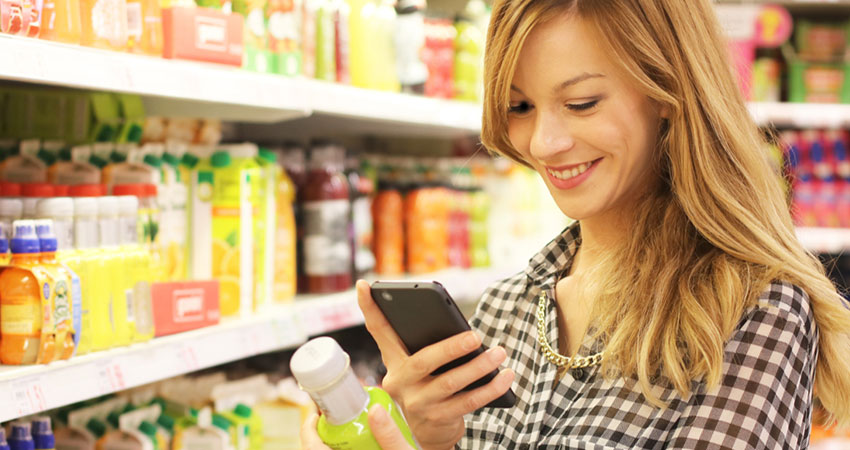The grocery industry is at an inflection point. Grocers find themselves grappling with unprecedented changes that require digital and technology assets as never before in order to remain competitive.
The “I want it now” mentality of today’s consumers has led to an explosion of on-demand shopping which impacts how, where and when people buy goods. Since the lockdowns of 2020, e-grocery in particular has seen sharp growth, albeit with some recent giveback in a post-pandemic world with stores reopened. The latest Brick Meets Click/Mercatus grocery shopping survey saw domestic e-grocery sales decline 3.3% in September to $7.8 billion, although up nearly 3% in Q3.
This has fueled the rise of rapid/instant delivery services like Instacart, DoorDash and Shipt that are both assisting and competing with traditional grocers; these startups have also been broadening out to other channels in the past couple years. In fact, a report from Coresight Research found that 59% of U.S. adults purchased groceries online in the past 12 months, up from 52% in 2020 and 36.8% in 2019. What’s more, investors poured more than $5.5 billion into New York-based instant delivery companies between 2020 and 2022 alone.
Perhaps the biggest competitive advantage that some delivery services have over traditional grocery is sourcing. The ability to buy goods from multiple sources to lower price points enables them to directly compete with other providers. And when consumers shop through a delivery service, the fulfillment can come from more than one operator, eliminating the need to go from store to store to find the goods and brands they like. This ultimately saves them time and effort, and convenience always sells.
So, what can traditional grocers do to stop being eaten up by delivery services and ensure minimal business impact? Rise to the challenge and compete by continuing to innovate your channels with products, services and tools that help customers get the most from their in-store experiences. For example, traditional grocers can:
- Invest in better hybrid and omnichannel services. As mentioned, nearly 60% of U.S. adults are shopping for groceries online. And while many opt for home delivery, this often comes at a premium cost. As a result, there is a real opportunity for grocers to implement services such as BOPIS and curbside delivery, providing greater convenience and speed without the delivery price tag.
- Frictionless in-store experiences. Contactless and self-serve checkouts are a great way to help improve the in-store shopping experience. According to research from Mastercard, 51% of Americans are using some form of contactless payment, including tap-to-go credit cards and mobile wallets like Apple Pay. They are used most often to buy essentials such as grocery (85%), pharmacy (39%), retail (38%), quick service restaurants/fast food (36%) and transit (9%). This investment in frictionless store experiences allows grocers to not only reduce queues and keep busy shoppers happy but increase throughput.
- Make mobile apps selling machines. Don’t let app-based competitors intimidate or win at mobile. Today’s consumers are constantly on their phones, so it’s important to meet them where they’re at, serving up exciting new goods and services to drive loyalty and spend. For example, scannable media and audio tags within TV, posters, magazines and window displays let shoppers instantly discover and purchase items in a single click. At the same time, grocers can implement easy-to-customize geolocation alerts to encourage shopping in-store.
- Bundles, discounts and loyalty promotions. Offering discounts and loyalty rewards is one of the most widely proven ways to fend off the competition. It’s unlikely that high-speed delivery businesses have the end-to-end value chains to compete with grocers in terms of the scope, scale and choice of promotions. Double down on loyalty and personalized promotions to keep customers shopping directly with you.
While rapid/instant delivery is on the rise, it’s important to remember that many food shoppers still enjoy the in-store experience. In fact, research found that ecommerce and brick-and-mortar remain fairly close in terms of shopper preferences, with 44.4% preferring in-store to online. This underscores the importance of creating unparalleled grocery shopping experiences, ensuring your physical stores lean into every edge they have.
Madeline Aufseeser is an omni-commerce payments leader at ACI Worldwide

